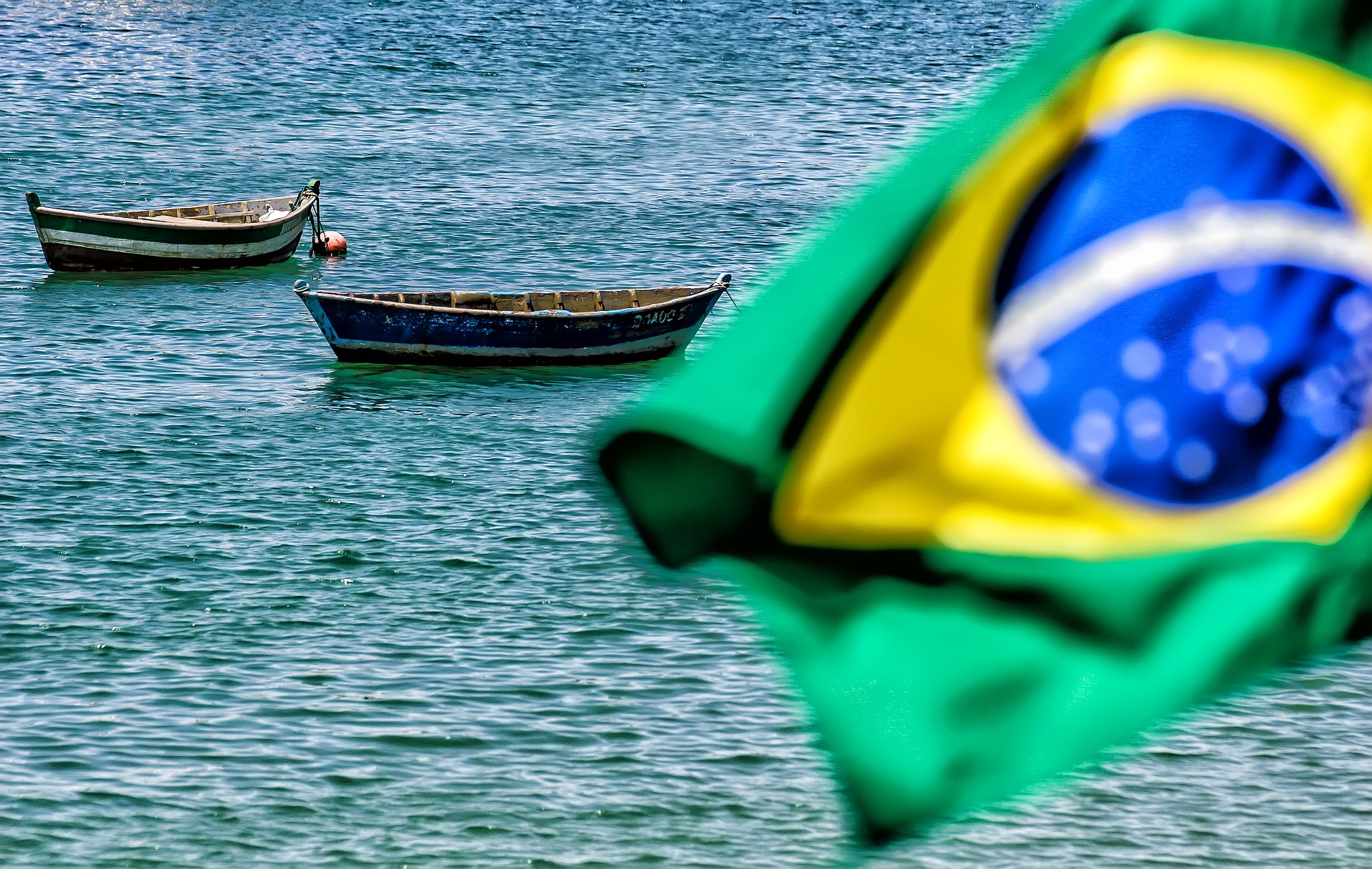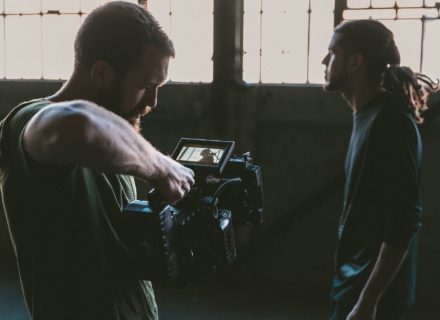When we think of the best-known countries in the world, we immediately associate them with a few representative elements. For instance, France is tightly bound to the Eiffel Tower, while United Kingdom makes us think about the Queen, English tea, and the British accent. What about Brazil? Well, there are plenty of elements to associate with this country, since it is the 5th largest state in the world by population size and area. Its long history of several centuries, together with its mix of indigenous, European, and African people, is also a rich source of cultural associations. Here are the main identity elements of this federative republic:
Brazilian Portuguese
Brazil is the only country in South America whose official language is Portuguese. Almost all of the population speaks it and it is the only language used for business and administrative purposes, except for the Brazilian Sign Language used in education and government services. Brazilian Portuguese is considered a dialect of the Portuguese language and it started to develop in the 16th century, when the first wave of Portuguese-speaking immigrants settled in Brazil. Some differences from the mother language include different spellings, differences in pronunciation, and words borrowed from other languages, such as African languages, Italian, French, German, and so on.
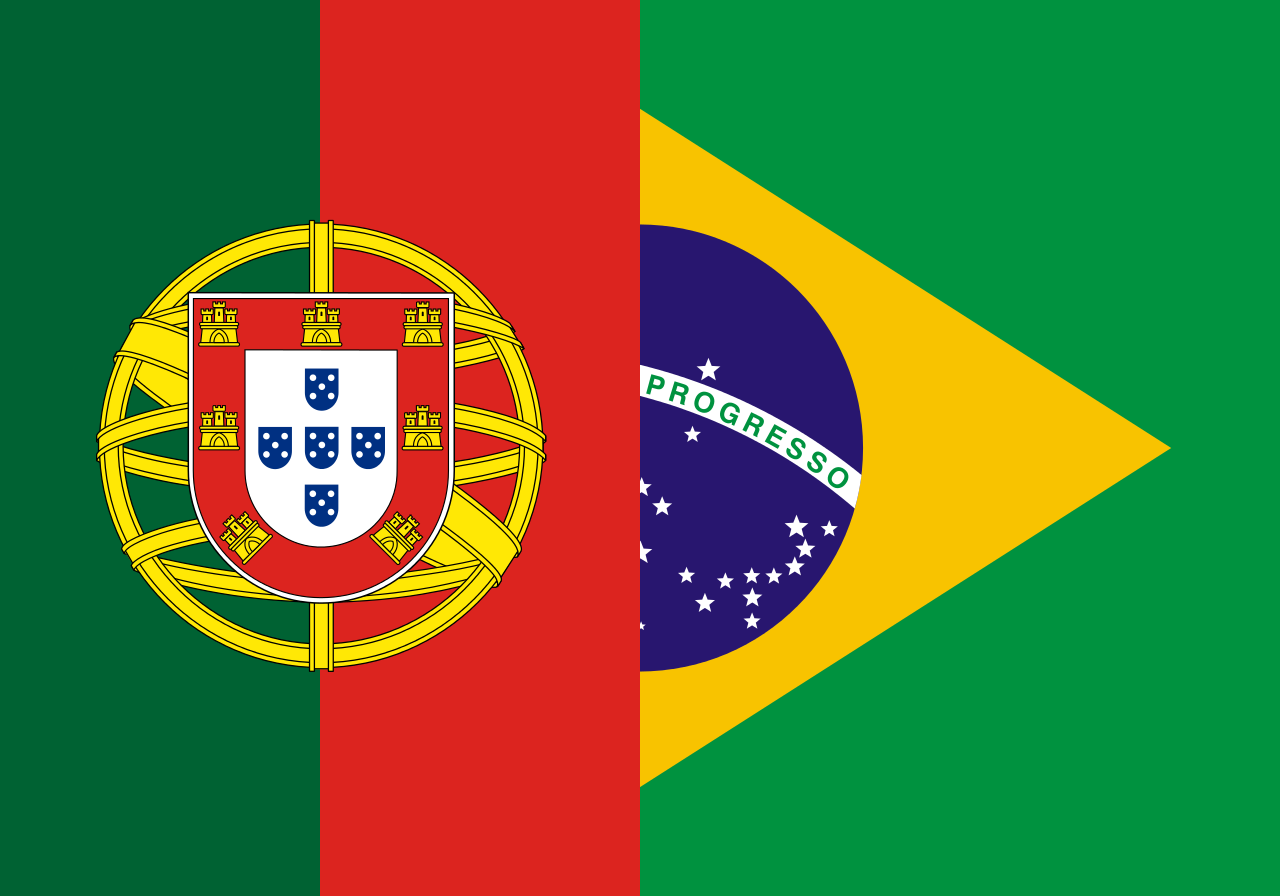
Brazilian music
Brazilian music is a fusion of European and African elements and there is a characteristically Brazilian sound, with samba being the most typical. Samba influences are found in many pieces of music originating from Brazil and the music genre was included in the UNESCO cultural heritage list. Other music genres which have developed in Brazil include bossa nova (a fusion of samba and jazz), música popular brasileira, pagode, choro (instrumental music), and frevo (a genre originating in Brazilian army regiments).
The Rio Carnival
The Carnival in Rio de Janeiro is a festival held every year before Lent, since 1723. It is considered the biggest carnival in the world, with approximately 2 million people per day on the streets, and it is known for the parade of samba schools, filled with adornments and floats. A samba school is a group of neighbors who have a common geographical background and want to attend the Carnival together. The parade is taking place in the Sambadrome, but carnival participants are found anywhere on the streets of Rio de Janeiro.
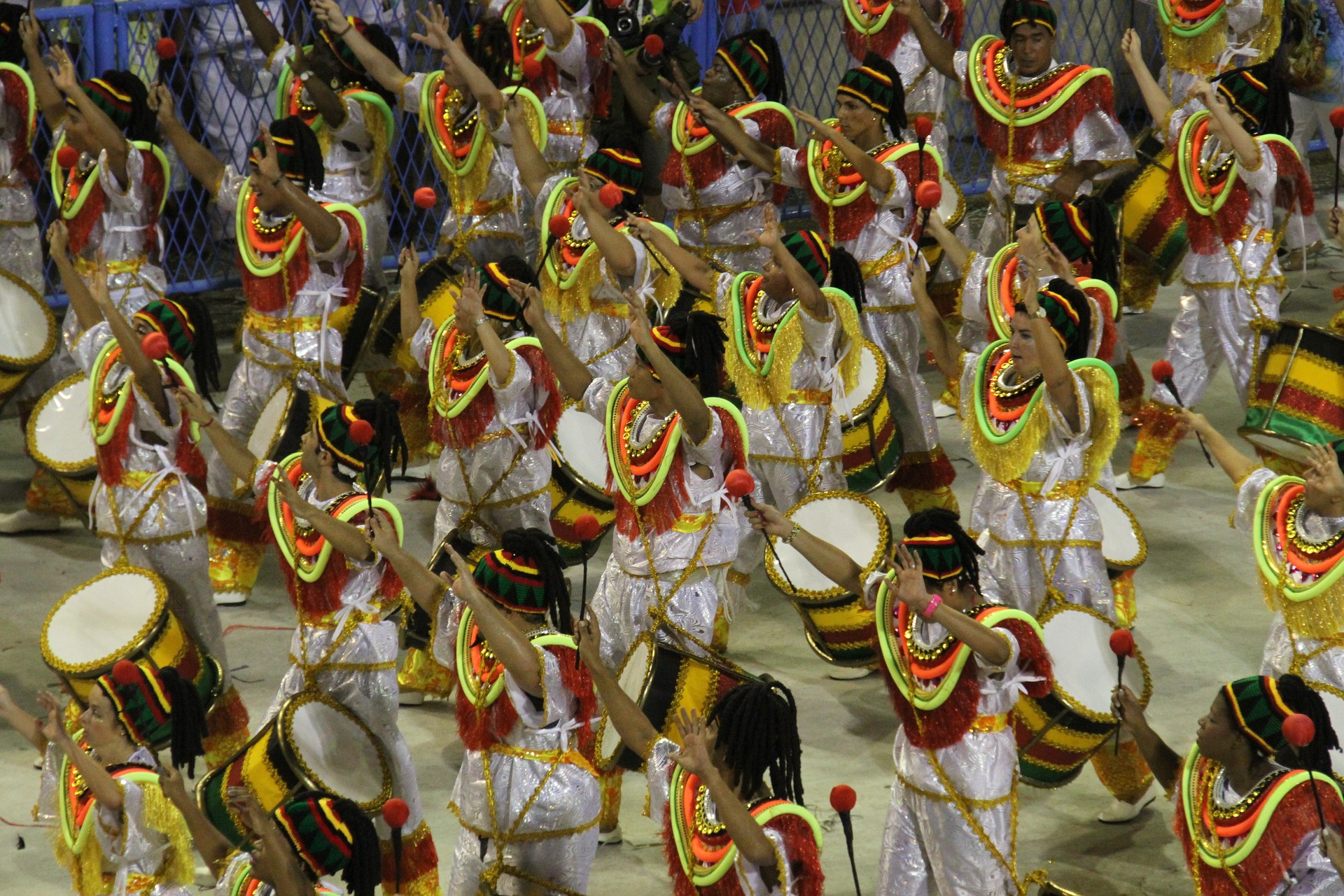
Capoeira
Capoeira is a mix of dance, acrobatics, and music, and is generally considered a martial art. The practice was developed in Brazil by Angolans at the beginning of the 16th century. The origin of the word is linked to the way fugitive slaves would hide in low vegetation (ka’a means “jungle”, and pûer means “it was”, in the Tupi language). Capoeira was actually a method of survival for escaped slaves which needed to face the hunt of colonial agents charged with capturing fugitives. Capoeira was granted a special protected status by UNESCO in 2014, as an intangible cultural heritage.
The Iguazu Falls
If you liked geography in school, you probably remember that the Iguazu waterfalls represent the largest waterfalls system in the world. The waterfalls of the Iguazu River are located on the border or the Argentine province of Misiones and the Brazilian state of Paraná. The first European to record the existence of the falls was a Spanish conquistador, Álvar Núñez Cabeza de Vaca in 1541. There is a legend explaining the origin of the falls – a god planned to marry a beautiful woman called Naipí, but his plans did not come true. The woman preferred to get away with her mortal lover Tarobá in a canoe. The deity took revenge and sliced the river to condemn the two lovers to an eternal fall – this is how the spectacular waterfalls appeared. There are 275 different drops of water at the Iguazu falls, and the total width is of 2.7 kilometers.
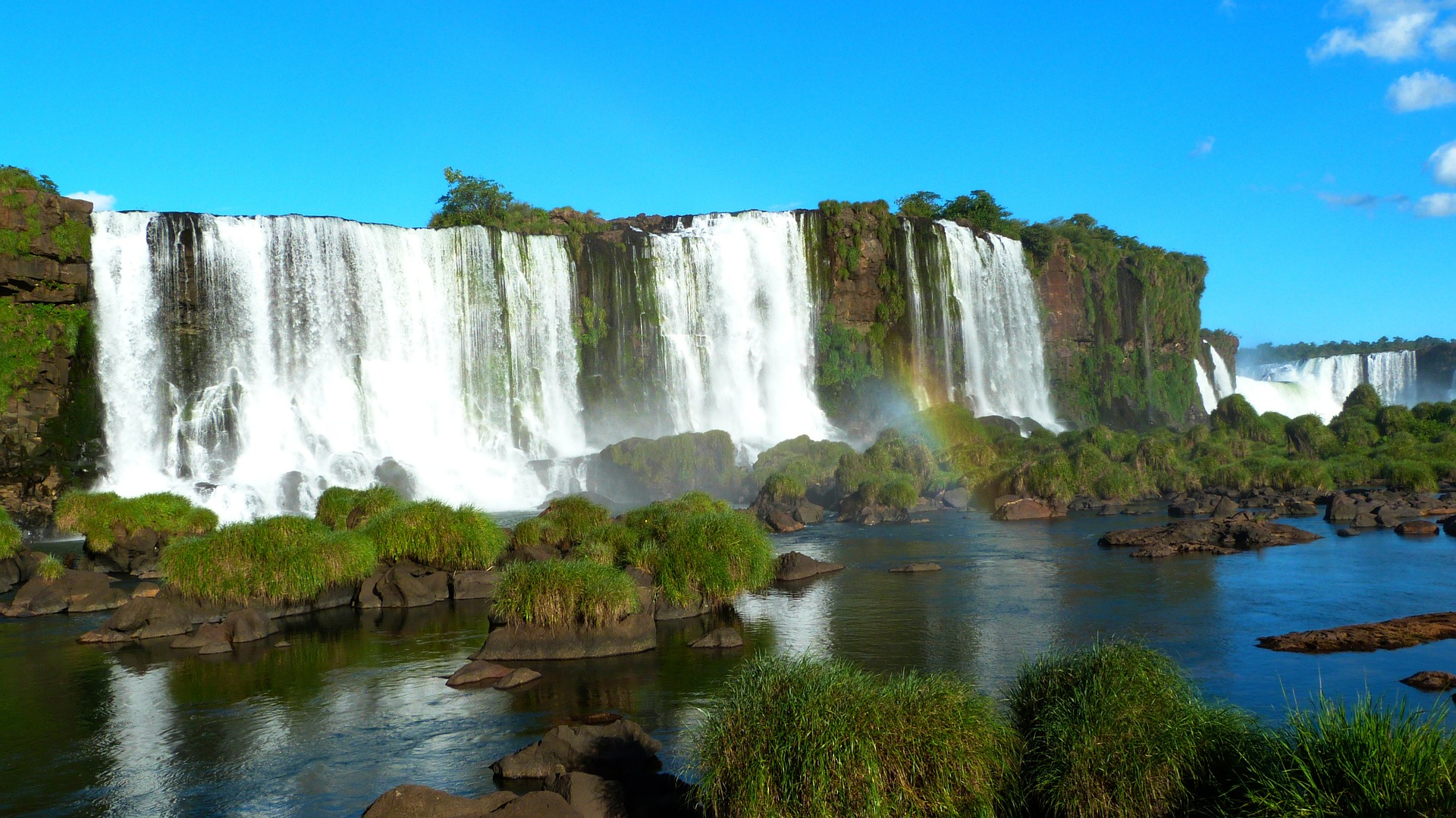
The federative system
Brazil is a federation composed of 26 states and one federal district containing the capital city, Brasilia. Each state is administered autonomously and collects its own taxes. A state has a governor and a unicameral legislative body elected by voters. Compared to the United States, Brazilian states have less autonomy to create their own laws. The subdivisions are grouped in five regions: Northern, Northeast, Central-West, Southeast, and Southern.
Coffee
Brazil has been the world’s largest producer of coffee for the last 150 years; the country is responsible for a third of all coffee produced in the world. Coffee plantations (fazendas) cover 27,000 square km and are mostly found in southeastern states Minas Gerais, São Paulo and Paraná, where the plant has optimal growing conditions. Coffee is not native to Americas and reached Brazil in 1727, when Francisco de Melo Palheta planted the first bush of coffee in the state of Pará. For a while, coffee was produced just for domestic consumption, but in the early 19th century the first of the two coffee booms produced, as both American and European demand increased.
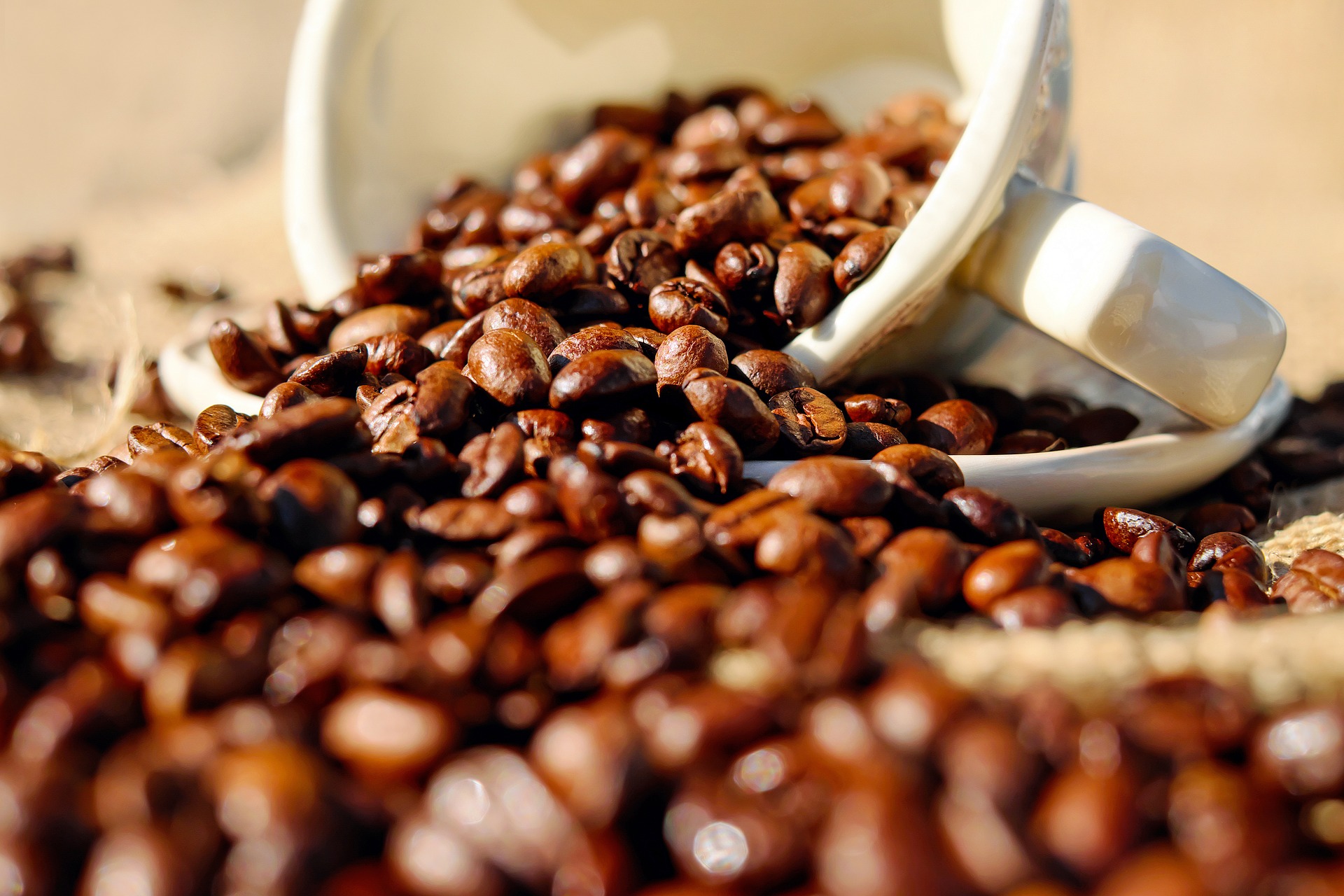
The Amazon rainforest
Floresta Amazônica or Amazônia, also known as the Amazon Jungle in English, is a broadleaf forest covering most of the Amazon basin of South America – 5,500,000 square kilometers. 60% of the rainforest is contained within Brazil and it represents more than half of the planet’s remaining rainforests. The Amazon Jungle has been in existence for approximately 55 million years, and the first human inhabitants settled in the Amazon region at least 11,200 years ago. The biodiversity of the Amazonian rainforest is huge – tens of thousands of plants, 2.5 million insect species, and around 2,000 birds and mammals. One in five of all bird species live here, as well as one in five fish species in the world. It is dangerous place, where you can be attacked by large predatory creatures like the jaguar, poisoned by poison dart frogs, be infested by a parasite, take the rabies virus from vampire bats, be electrocuted by electric eels, get bitten by piranha fish, or contract diseases like malaria, yellow fever, or the Dengue fever.
What else do you think of when you hear the name Brazil?
